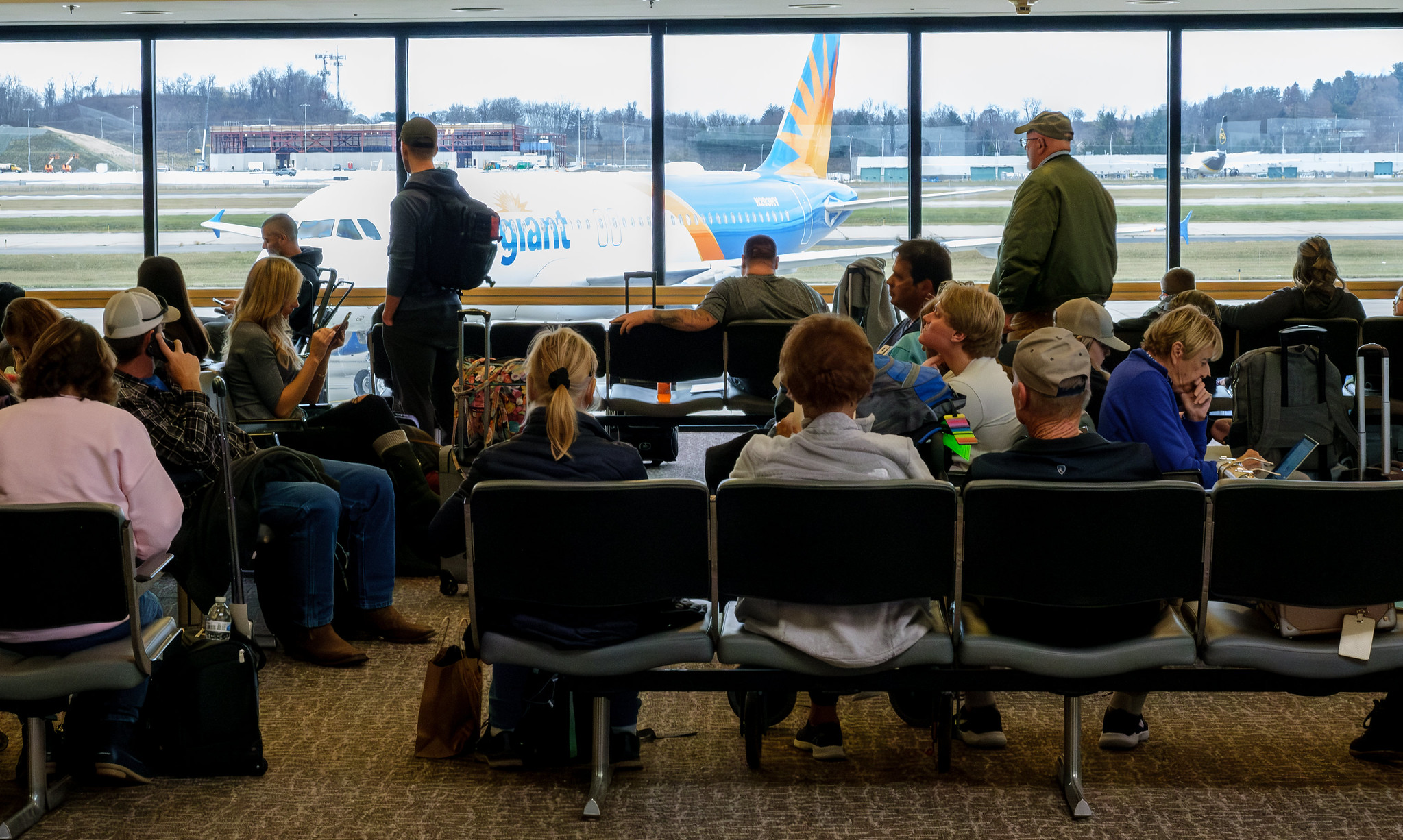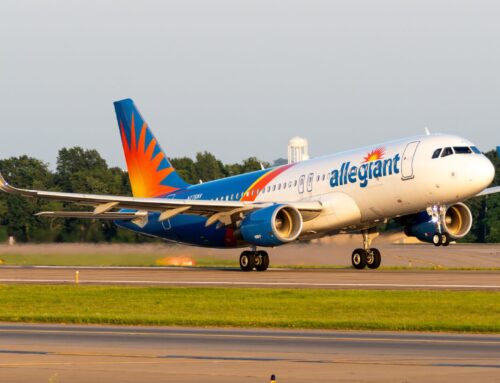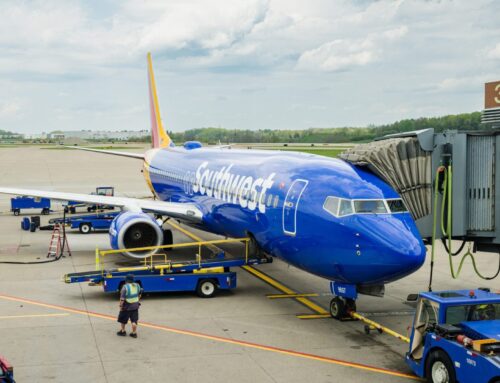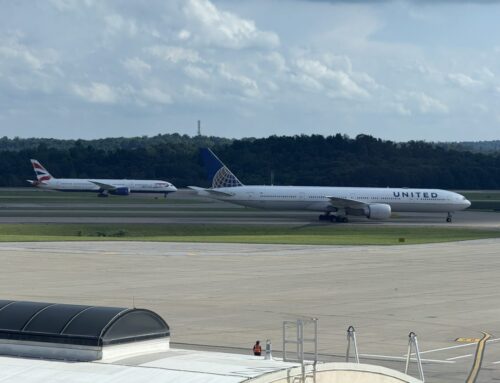Airlines Signal Change in Post-Pandemic Travel Patterns
Altered PIT traffic flows mirror the national outlook for networks
By Evan Dougherty
Published January 8, 2024
Read Time: 2 mins

While aviation surged in 2023, air travel is no longer following historical patterns, airline and industry officials say.
Citing work-life changes created by the COVID-19 pandemic, including hybrid and work-from-home practices, U.S. carriers are adjusting methods used to forecast future passenger demand throughout their networks.
“We’re getting better at it, but demand trends are still a little bit different today than they were back in 2019,” American Airlines Chief Financial Officer Devon May told Reuters in July.
Delta Air Lines reported strong demand for international travel, with a longer season for peak travel to Europe, which typically lasts through the summer months. In its latest quarterly earnings report in October, Delta said its transatlantic enplanements are up double digits from a year ago.
“It’s really a reshaping of the demand patterns that we saw last year,” said Delta President Glen Hauenstein during the airline’s third quarter earnings call.
To capitalize on this trend, Delta announced in September an expanded transatlantic schedule for 2024, which includes returning to Shannon, Ireland, for the first time since 2019; extending seasonal destinations; and increasing flights on popular routes such as Atlanta-Paris, Boston-Athens and New York-Barcelona.
United Airlines shared a similar outlook for travel to Europe.
“I’d say right now, particularly today, for example, we continue to see strength across the Atlantic,” Andrew Nocella, United’s executive vice president and chief commercial officer, said in October. “We particularly see it to southern Europe.”
Domestically, Southwest Airlines indicates a growing variation in demand among the days of the week—a trend the airline says will continue in 2024.
“From a Monday, which is strong, to a Tuesday/Wednesday which tends to be more of a trough, historically you would have a 1 or 2 percent drop from a Monday in terms of trips. First quarter of next year, it’s an 8 or 9 percent drop because the demand is so different,” said Southwest Airlines CEO Bob Jordan at The Wings Club Luncheon on Dec. 14.
Jordan’s comments align closely with how officials see demand evolving at Pittsburgh International Airport.
Throughput data from the Transportation Security Administration shows that, in 2023, PIT’s peak days got busier while Tuesdays and Wednesdays got even slower compared to pre-pandemic figures.
Sundays saw the largest increase with 11 percent more daily travelers passing through the security checkpoint at PIT last year compared to the daily average. Mondays, Fridays and Saturdays also saw increases in total passengers in 2023. Off-peak days of Tuesdays and Wednesdays saw fewer passengers pass through the security checkpoints versus pre-pandemic figures.
Studies indicate that remote work has enabled travelers to extend their trips—leaving earlier and returning home later—to spend additional time with friends and family. According to a New York Times report, nearly 70 percent of individuals able to work remotely still choose to do so either all or some days of the week.
On Nov. 17, the Friday before Thanksgiving, TSA screened nearly 2.7 million passengers at airports nationwide, up from 2 million during the same period in 2019. That Sunday, TSA screened 2.9 million passengers nationwide, the highest single daily total the agency has ever recorded.






